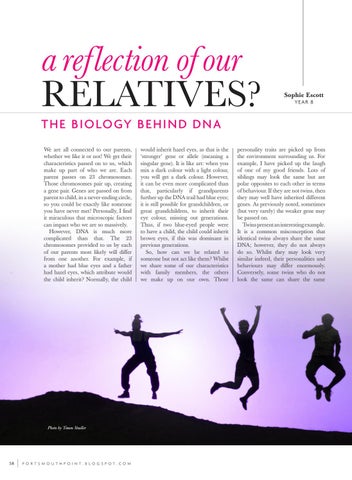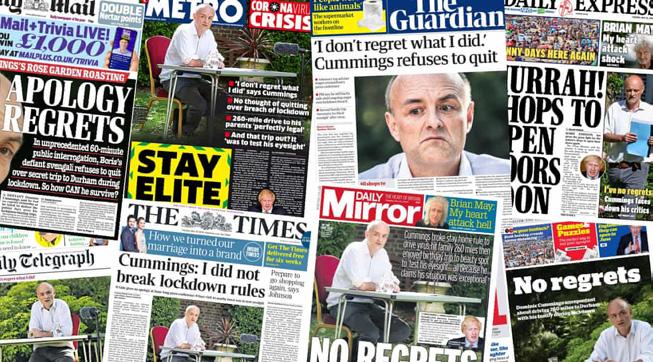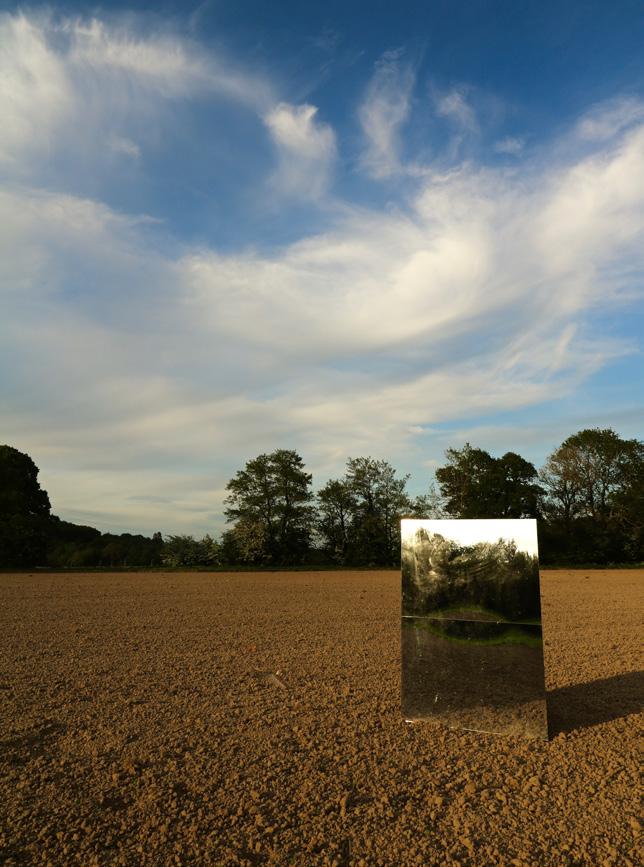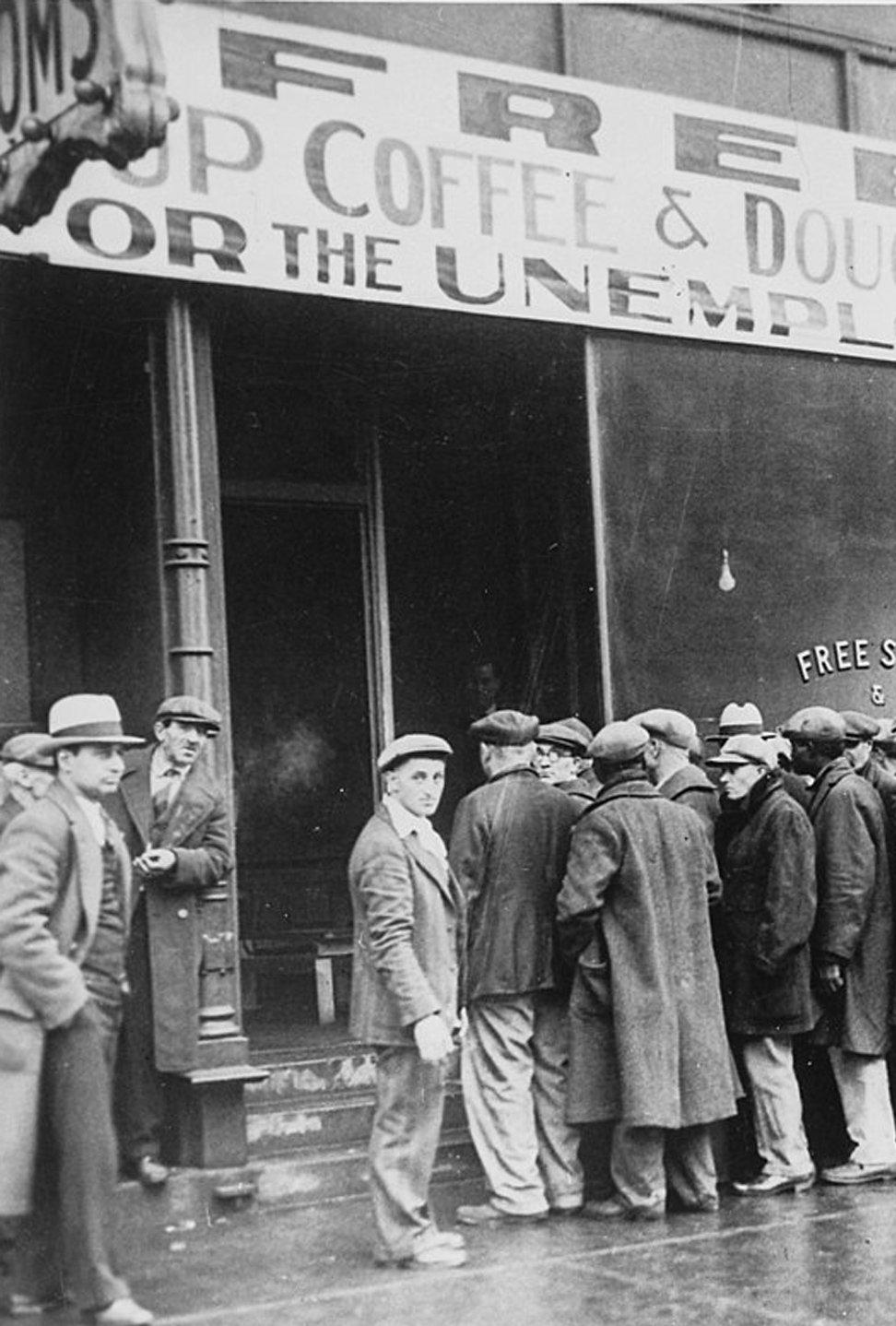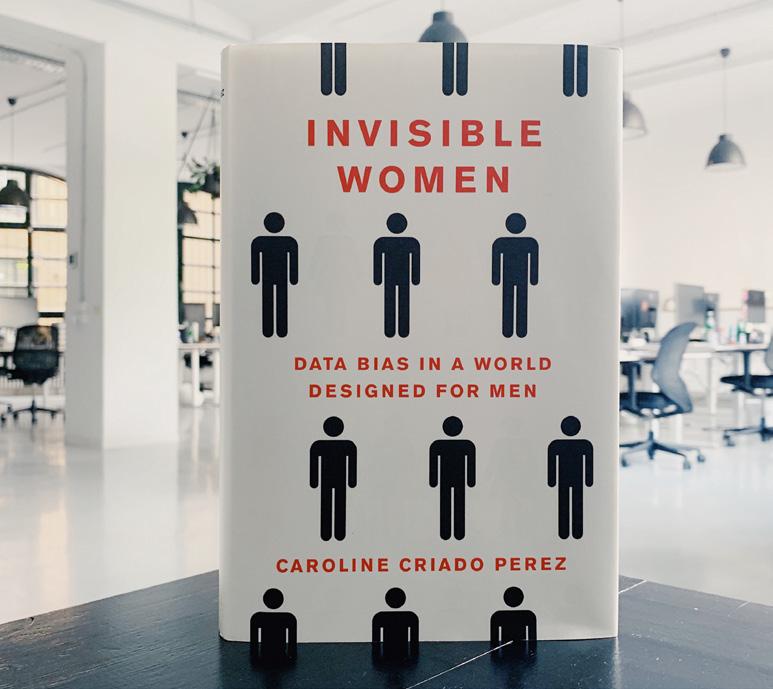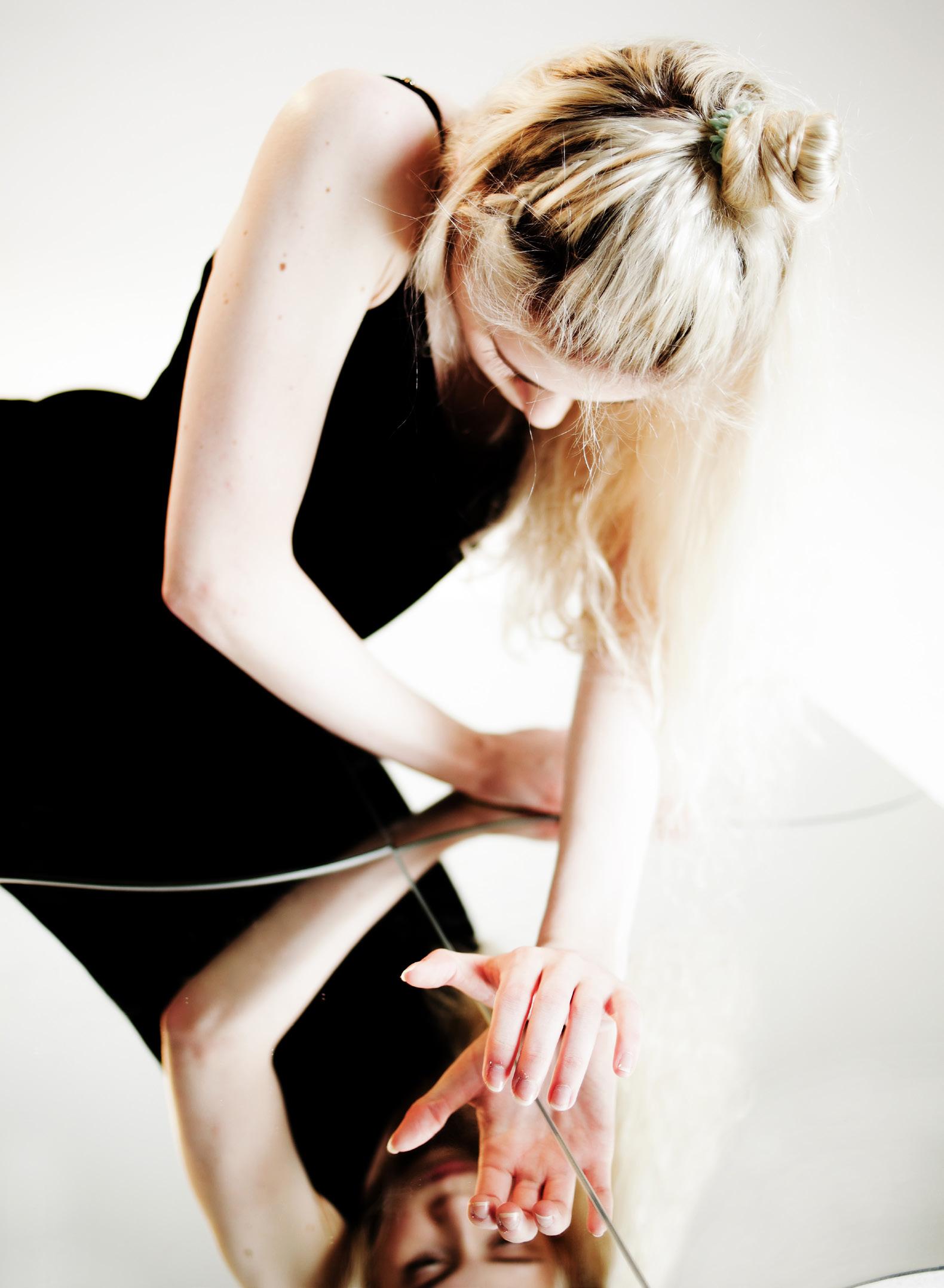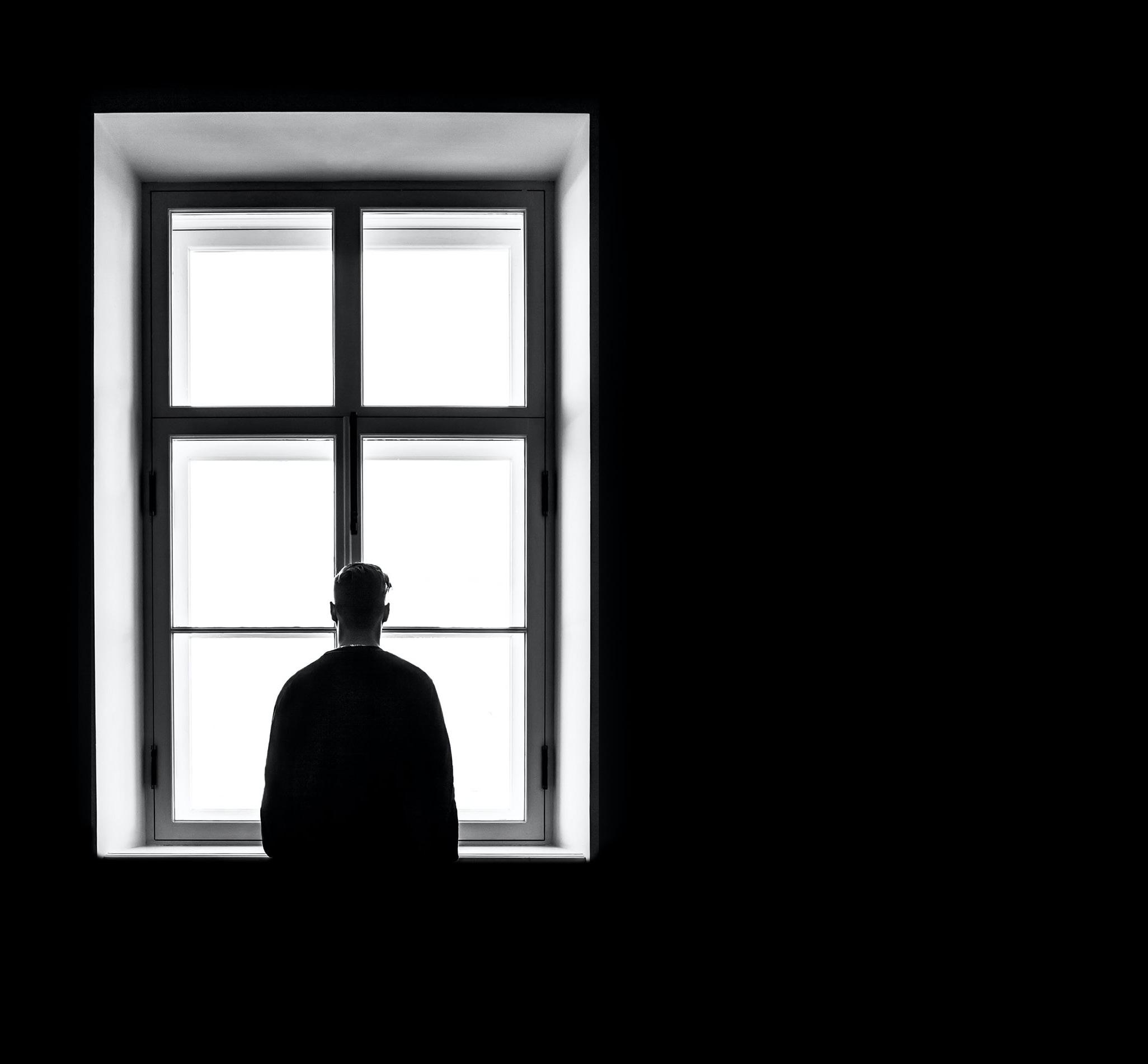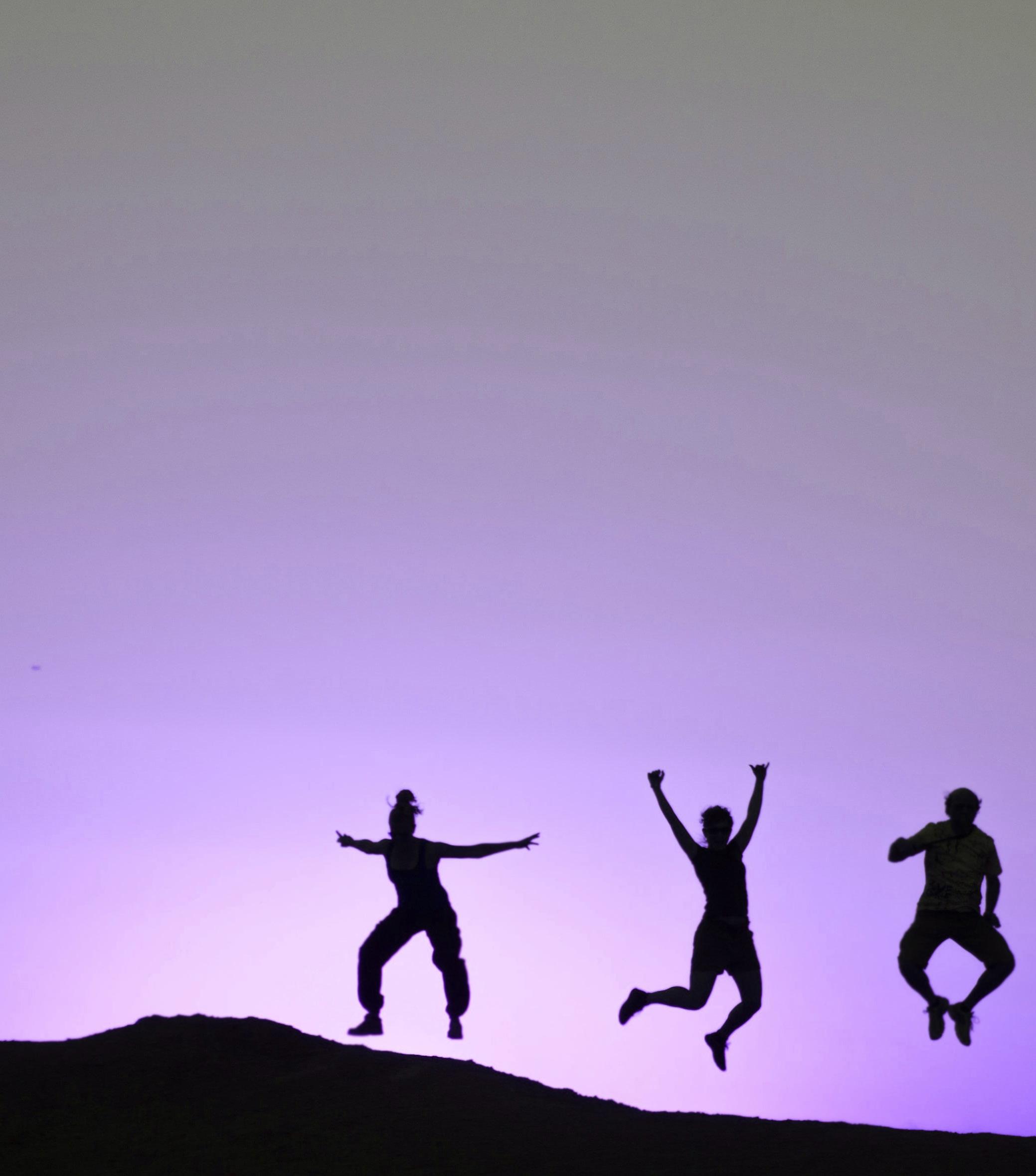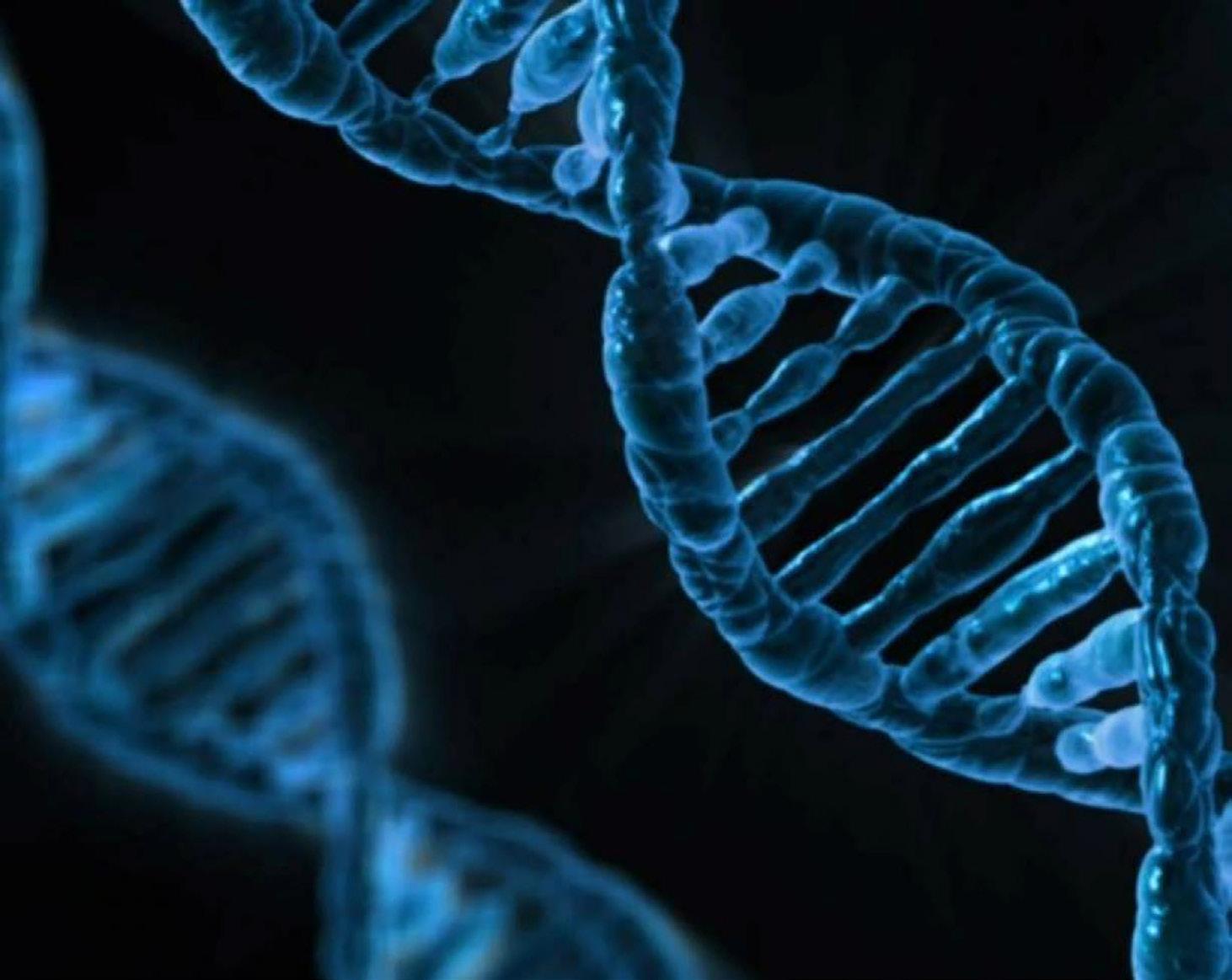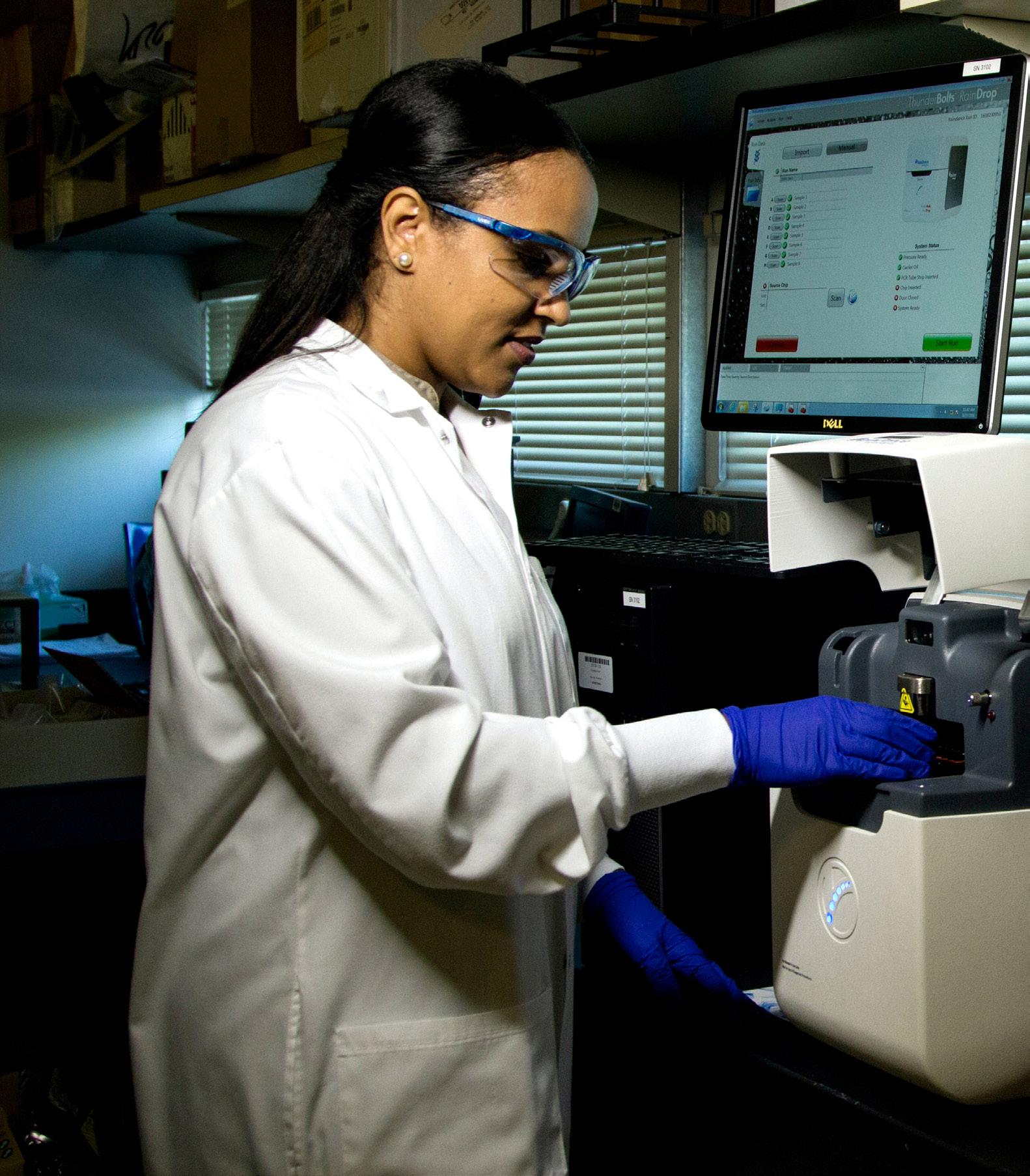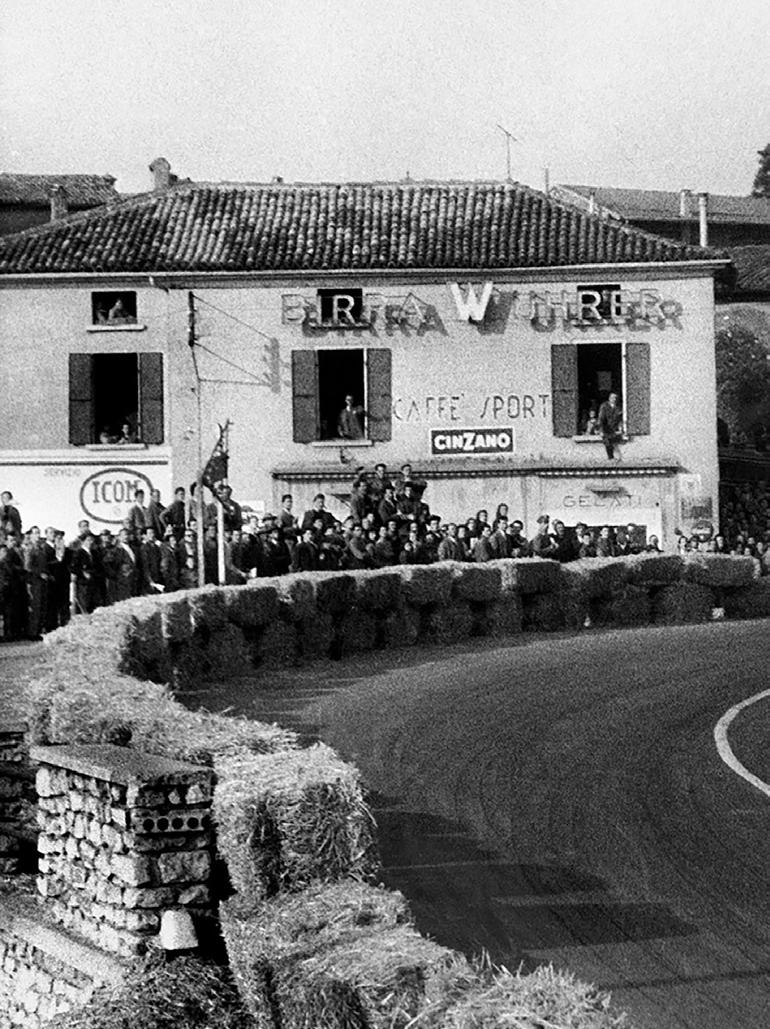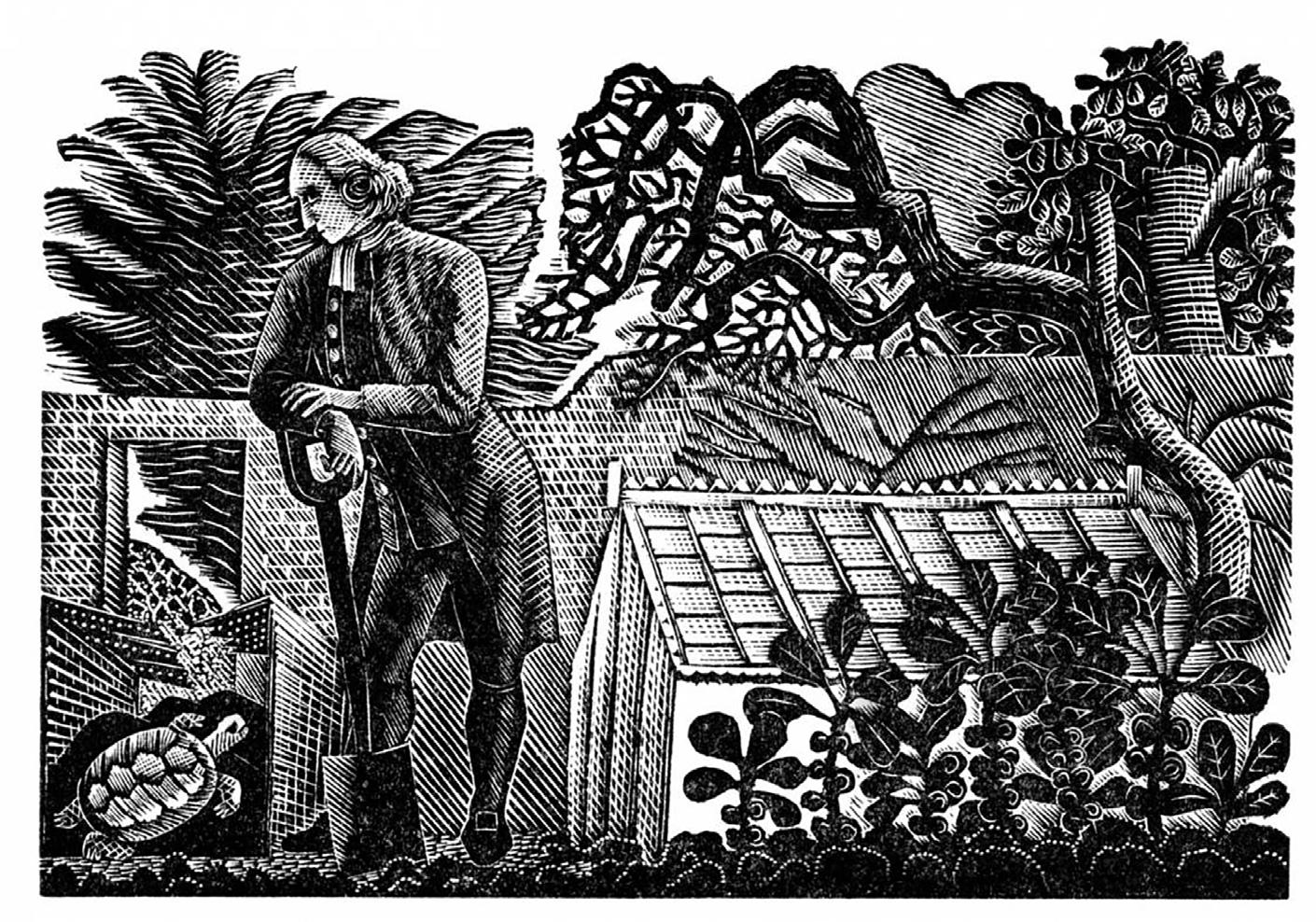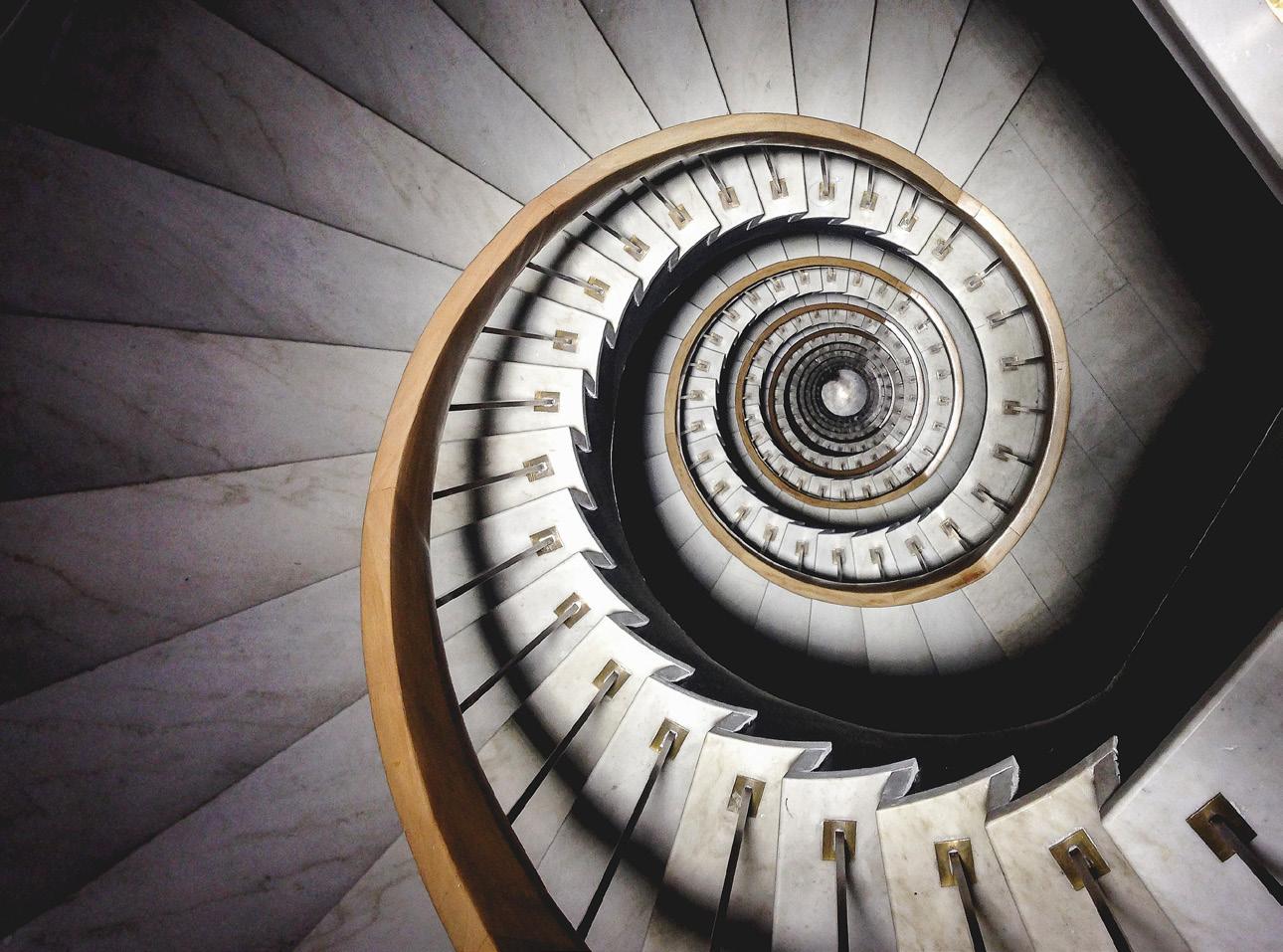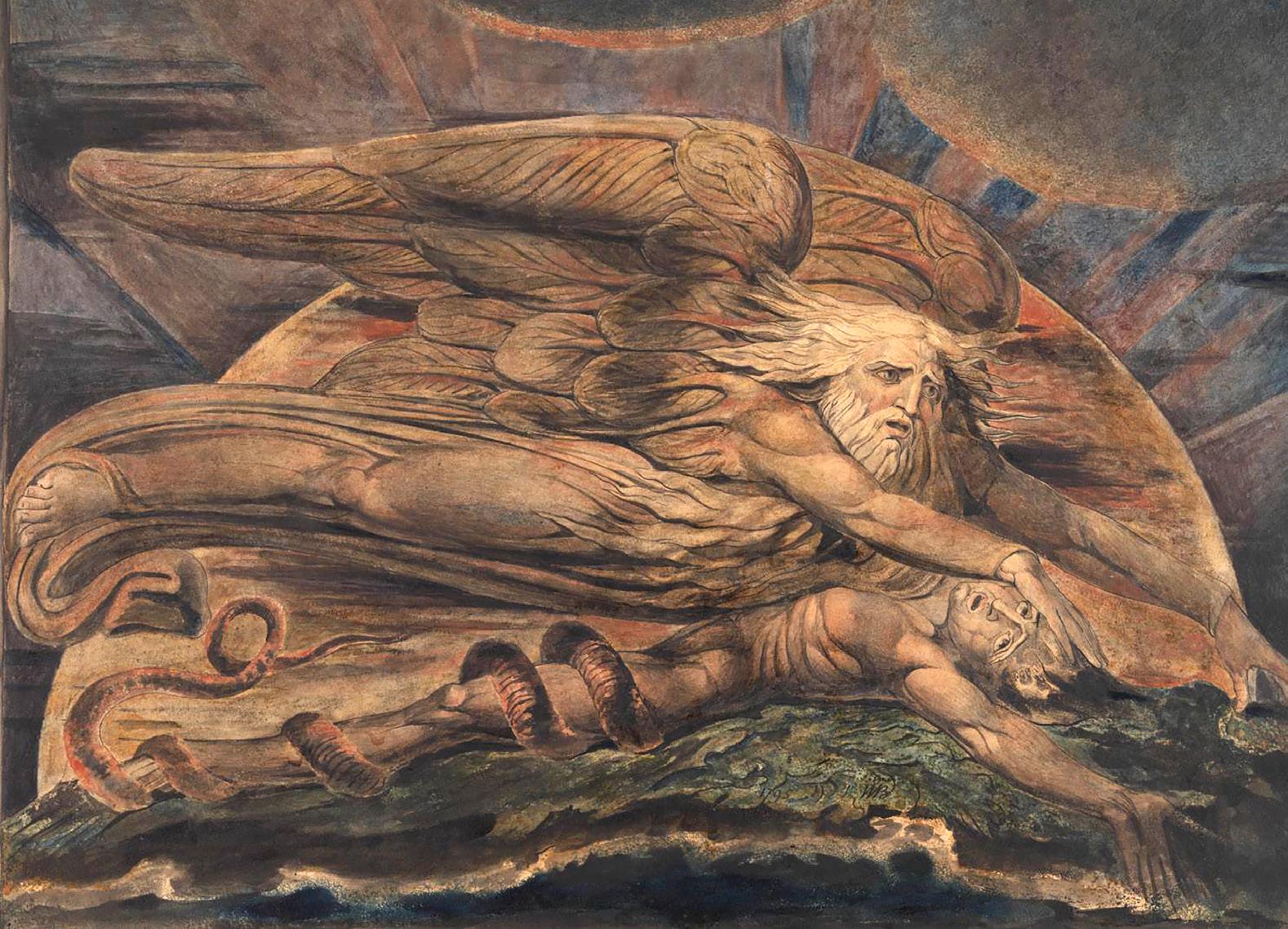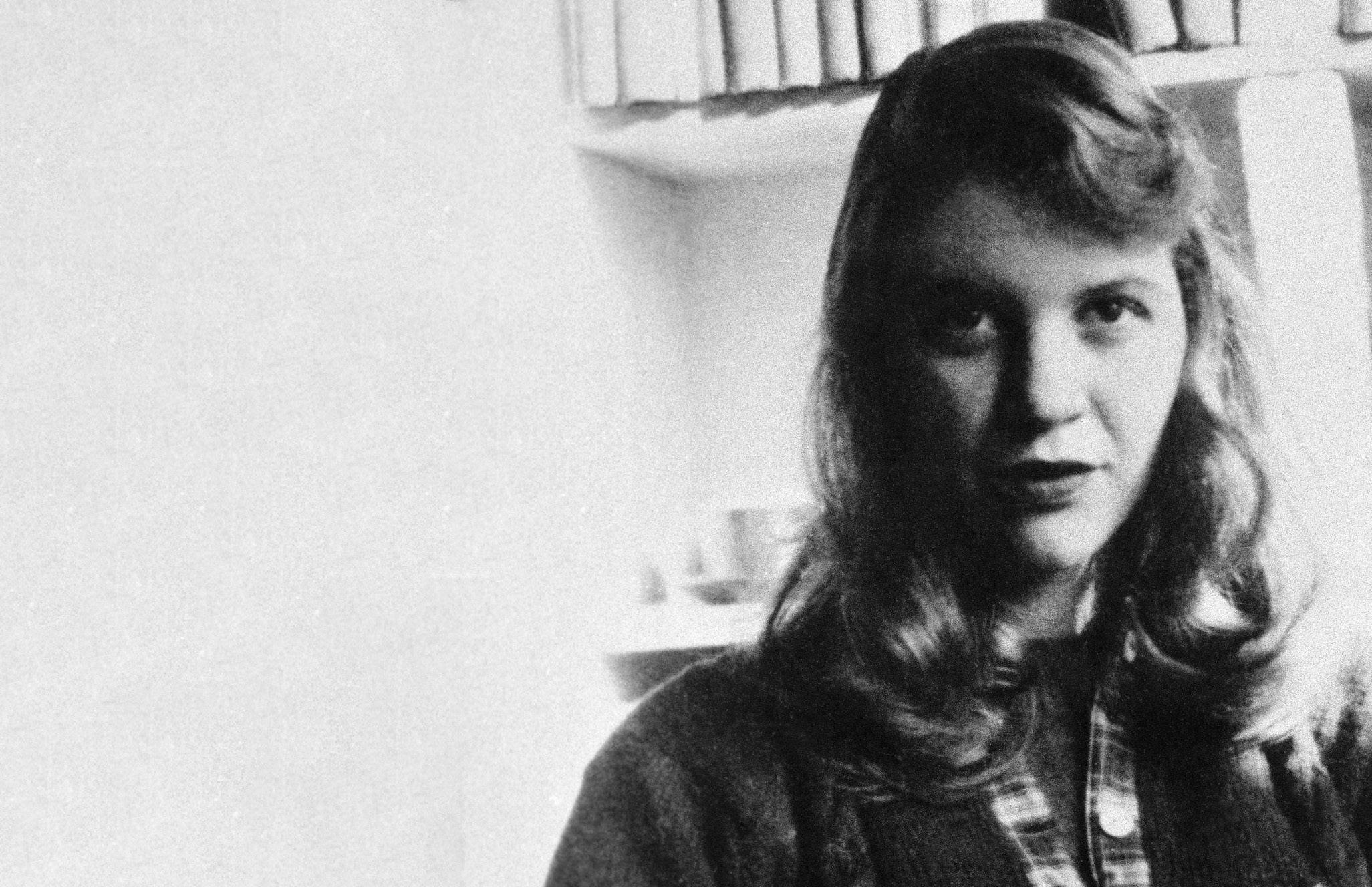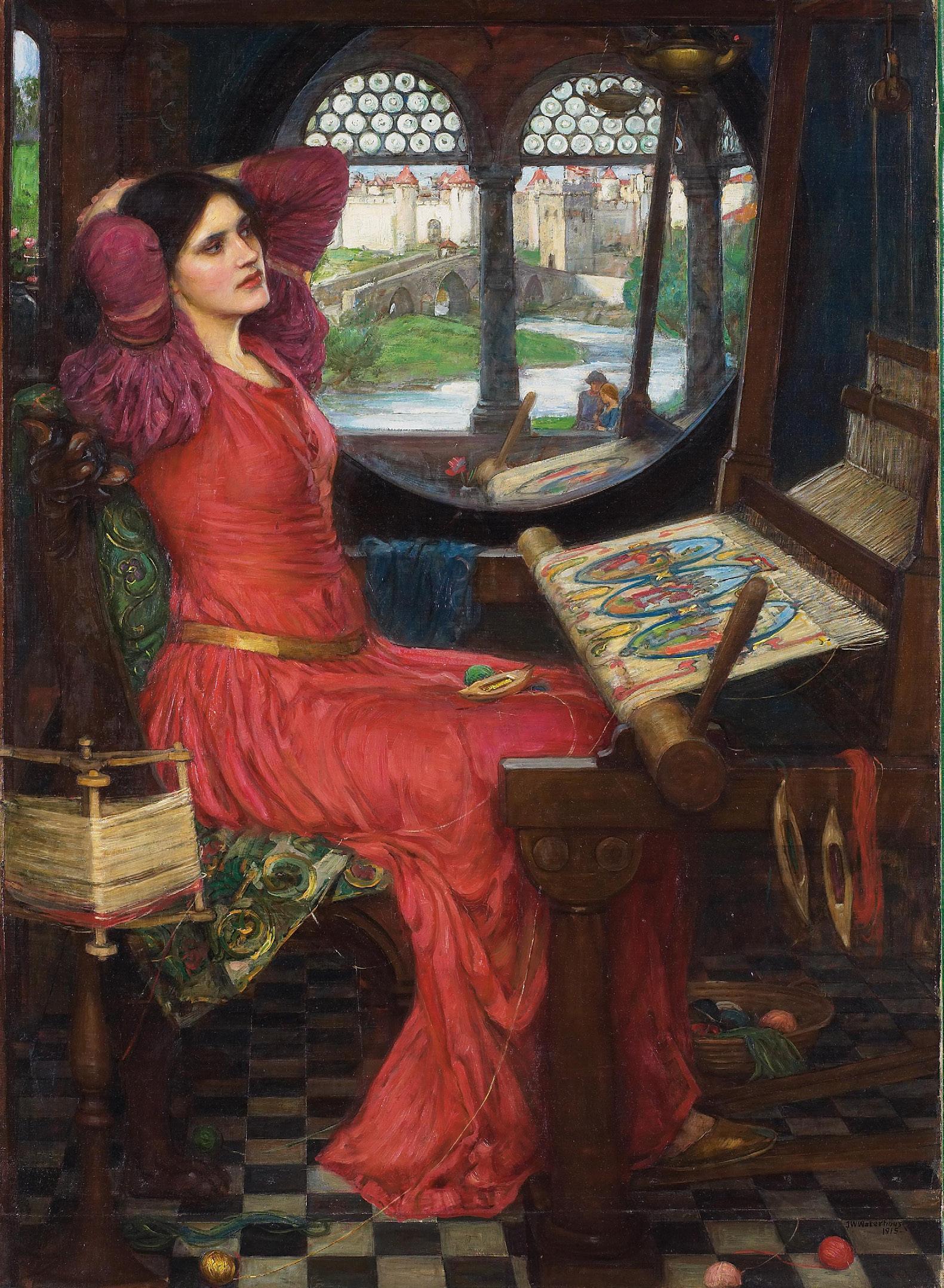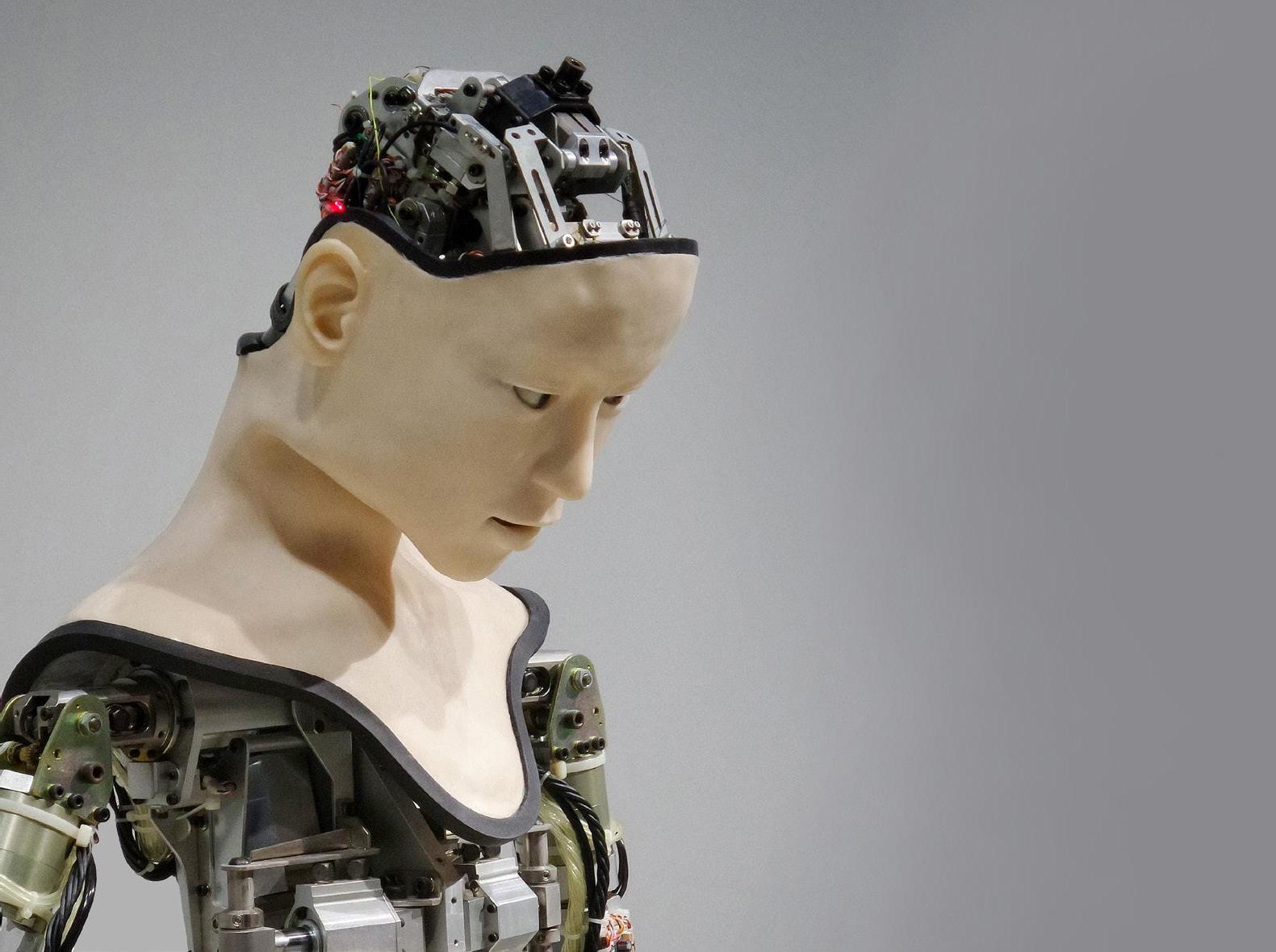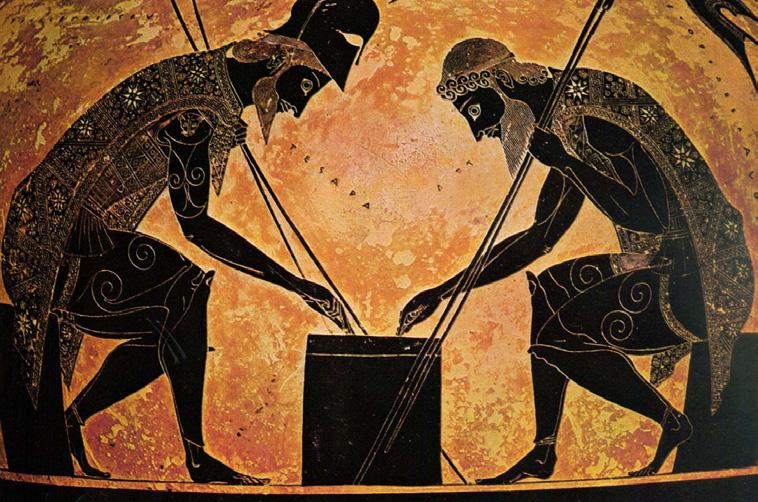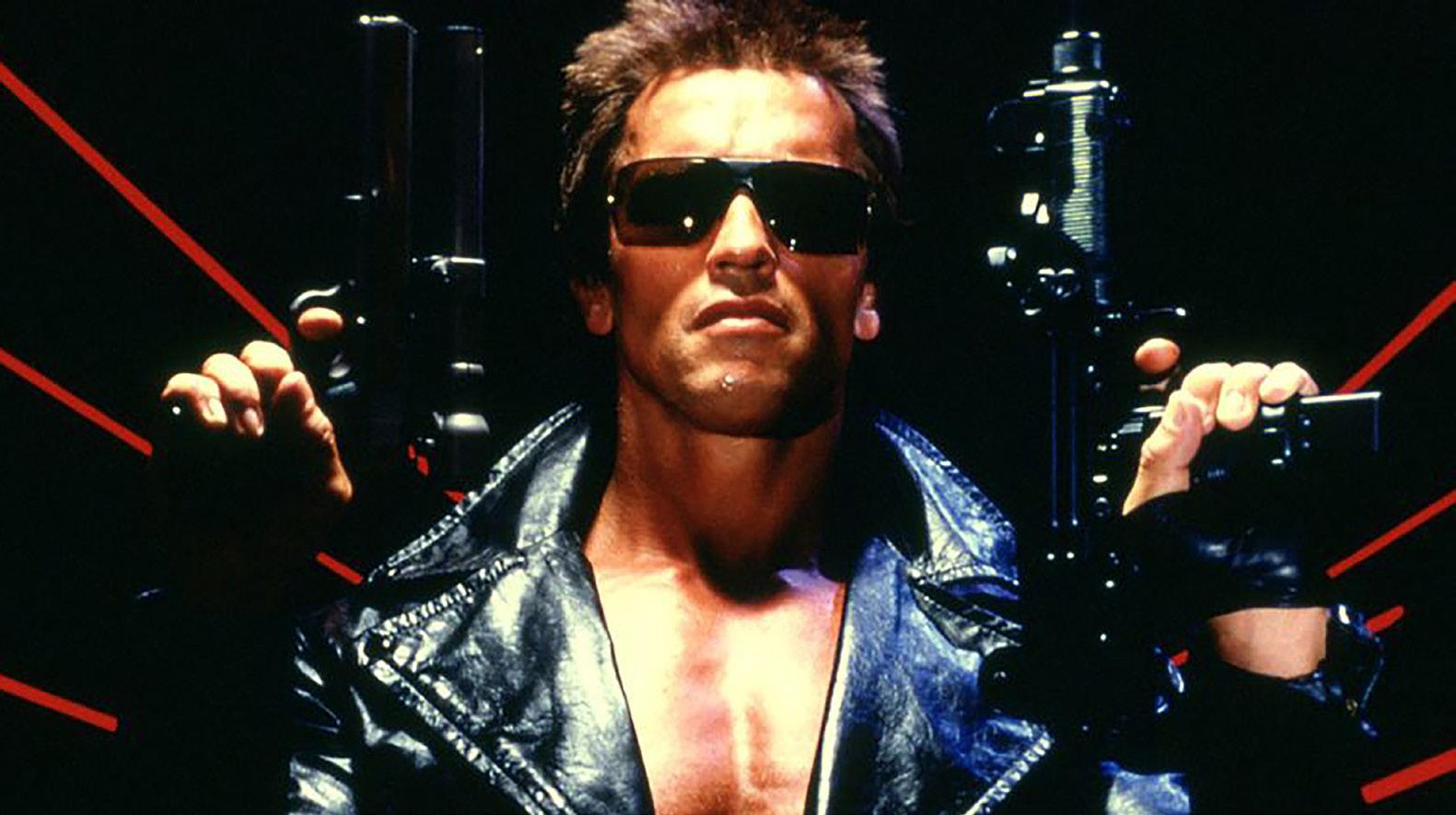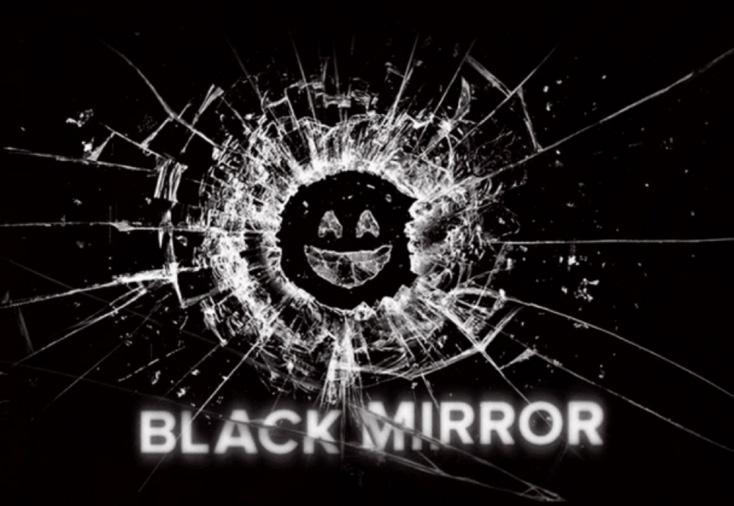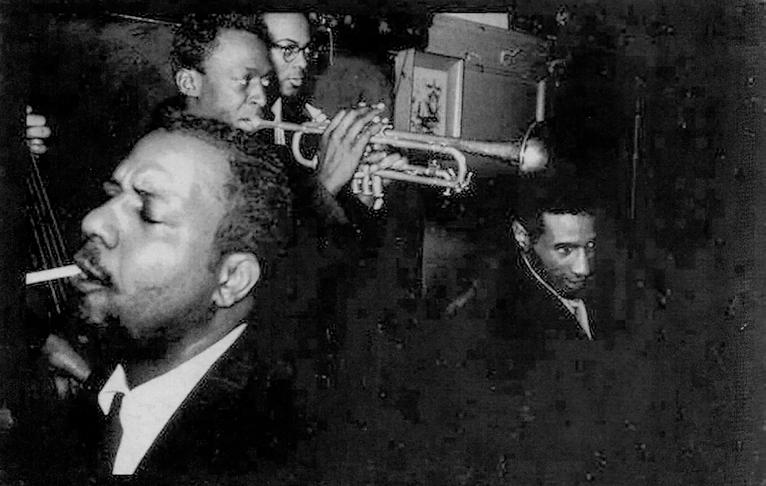a reflection of our RELATIVES?
Sophie Escott YE AR 8
T H E B I O LO GY B E H I N D D N A We are all connected to our parents, whether we like it or not! We get their characteristics passed on to us, which make up part of who we are. Each parent passes on 23 chromosomes. Those chromosomes pair up, creating a gene pair. Genes are passed on from parent to child, in a never-ending circle, so you could be exactly like someone you have never met! Personally, I find it miraculous that microscopic factors can impact who we are so massively. However, DNA is much more complicated than that. The 23 chromosomes provided to us by each of our parents most likely will differ from one another. For example, if a mother had blue eyes and a father had hazel eyes, which attribute would the child inherit? Normally, the child
Photo by Timon Studler
58
P O RT S M O U T H P O I N T. B LO G S P OT.CO M
would inherit hazel eyes, as that is the ‘stronger’ gene or allele (meaning a singular gene). It is like art: when you mix a dark colour with a light colour, you will get a dark colour. However, it can be even more complicated than that, particularly if grandparents further up the DNA trail had blue eyes; it is still possible for grandchildren, or great grandchildren, to inherit their eye colour, missing out generations. Thus, if two blue-eyed people were to have a child, the child could inherit brown eyes, if this was dominant in previous generations. So, how can we be related to someone but not act like them? Whilst we share some of our characteristics with family members, the others we make up on our own. Those
personality traits are picked up from the environment surrounding us. For example, I have picked up the laugh of one of my good friends. Lots of siblings may look the same but are polar opposites to each other in terms of behaviour. If they are not twins, then they may well have inherited different genes. As previously noted, sometimes (but very rarely) the weaker gene may be passed on. Twins present an interesting example. It is a common misconception that identical twins always share the same DNA; however, they do not always do so. Whilst they may look very similar indeed, their personalities and behaviours may differ enormously. Conversely, some twins who do not look the same can share the same
